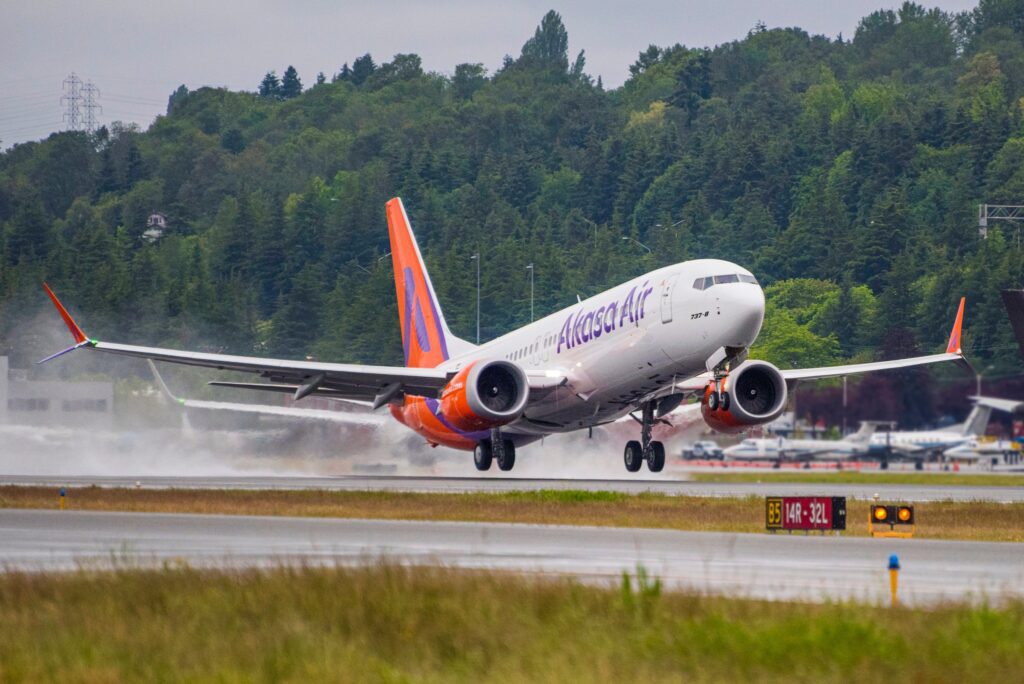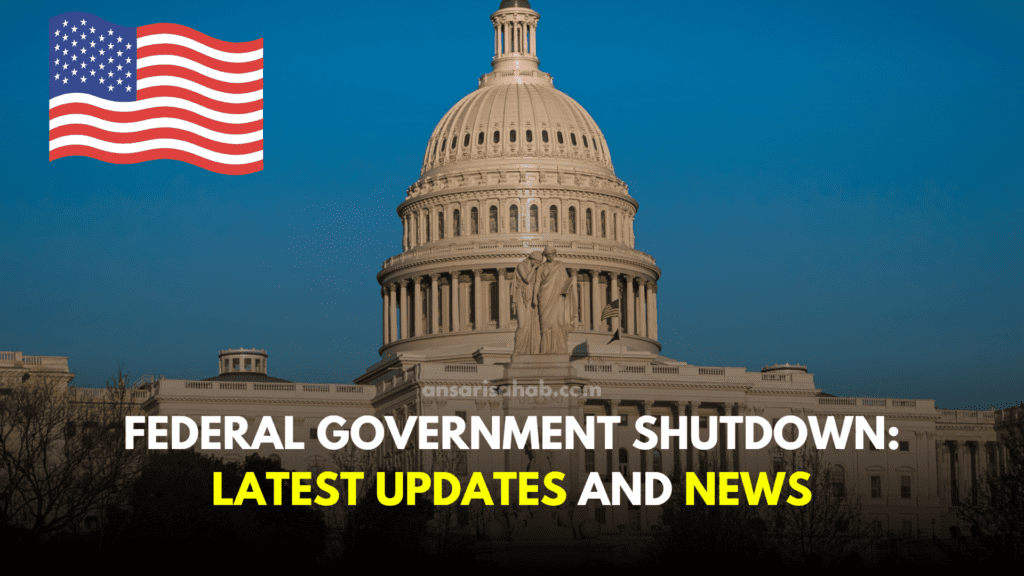
The Chevron Richmond Refinery, nestled in Richmond, California, has recently drawn attention due to flaring incidents, causing concerns among residents about potential health and environmental impacts. In this blog post, we will delve into the practice of flaring, the reasons behind recent incidents, the impacts on the community and environment, Chevron’s response, and the measures being taken to reduce flaring and enhance refinery safety.
Flaring: A Necessary Safety Measure
Flaring is a common safety measure at refineries aimed at burning off excess gas safely. When a refinery produces more gas than it can utilize, flaring becomes crucial to prevent safety hazards like explosions. This controlled burning releases excess gas as carbon dioxide and water vapor, albeit with potential environmental consequences.
Chevron Richmond Refinery Flaring Incidents:
Recent flaring incidents at the Chevron Richmond Refinery, triggered by unplanned power outages, have sparked community concerns. These incidents, occurring on October 31, 2023, and October 9, 2023, have led to visible plumes of smoke, raising questions about the health and environmental impacts of the released chemicals.
Why Flaring Occurred:
Chevron attributes the flaring incidents to power outages disrupting refinery operations, causing an excess of gas production. Flaring, in these instances, was deemed a necessary safety measure to prevent potential explosions.
Impacts of Flaring:
Flaring, while a safety necessity, has undeniable impacts on the community and the environment. Air pollution is a significant concern, with flaring releasing carbon dioxide, volatile organic compounds (VOCs), and nitrogen oxides (NOx). These pollutants contribute to smog and respiratory problems, posing health risks to residents.
Noise pollution is another consequence, as flaring generates loud noises that can disrupt the daily lives of residents. Moreover, the release of carbon dioxide during flaring contributes to climate change.
Suggested: Antarctic Iceberg A23a: The World’s Largest Iceberg Makes a Move After 37 Years
Chevron’s Response and Initiatives:
Chevron acknowledges the concerns raised by the community and emphasizes its commitment to reducing flaring at its refineries. The company has outlined initiatives to address these concerns:
- Improving refinery efficiency: Chevron is investing in new technologies to enhance refinery efficiency, aiming to reduce the production of excess gas.
- Investing in renewable energy: To reduce reliance on fossil fuels, Chevron is actively investing in renewable energy sources such as solar and wind power.
Community Action to Reduce Impacts:
Residents play a crucial role in mitigating the impacts of flaring. Key steps include staying informed about flaring incidents, avoiding exposure to smoke during such events, and contacting Chevron through the community hotline to report concerns or seek information.
Community Concerns and Calls for Action:
Flaring incidents at the Chevron Richmond Refinery have prompted community concerns about health and environmental impacts. Social media platforms have been buzzing with questions and calls for increased transparency from Chevron regarding its operations. Residents are demanding stricter regulations to ensure refinery safety and prevent future incidents.
Environmental Impact Assessment:
While the environmental impact of the recent flaring incidents is still under assessment, experts highlight the potential short-term and long-term health effects on residents. The long-term environmental impact, affecting the local ecosystem, remains uncertain.
Chevron’s History of Flaring:
The Chevron Richmond Refinery has a documented history of flaring incidents, having flared 14 billion cubic feet of gas in 2022 alone, resulting in millions of dollars in fines for air quality violations.
Conclusion:
Flaring incidents at the Chevron Richmond Refinery underscore the inherent risks associated with oil refineries. While Chevron is actively addressing concerns and working to reduce flaring, community involvement and regulatory measures are crucial for ensuring the safety and environmental responsibility of refinery operations.
Additional Information:
- The Chevron Richmond Refinery, California’s largest oil refinery, employs over 1,200 people.
- The refinery produces gasoline, diesel fuel, jet fuel, and other petroleum products.
- Chevron’s commitment includes a goal to reduce flaring by 50% by 2030.
In conclusion, a collaborative effort involving Chevron, residents, and regulatory bodies is essential to strike a balance between industrial operations and community and environmental well-being.








